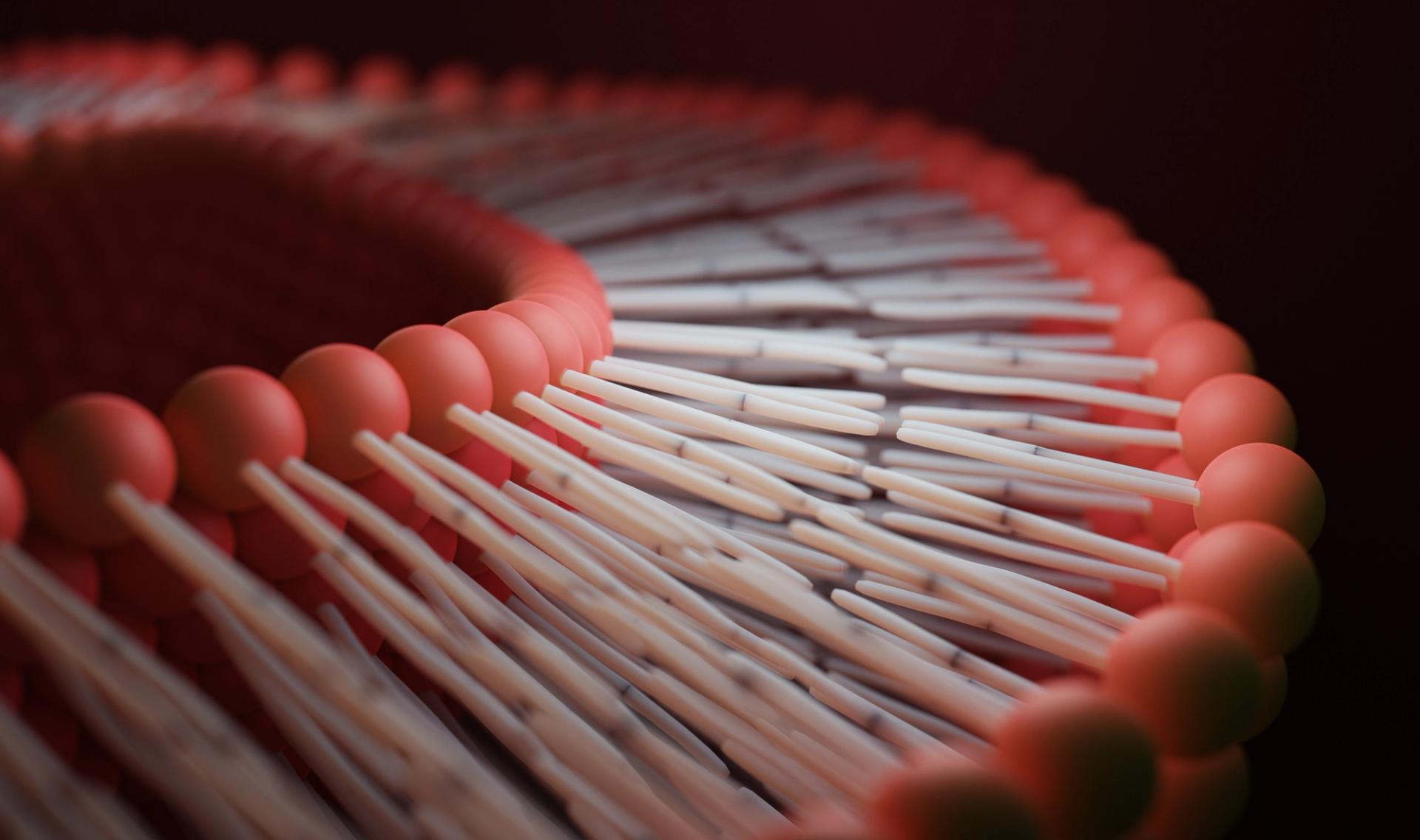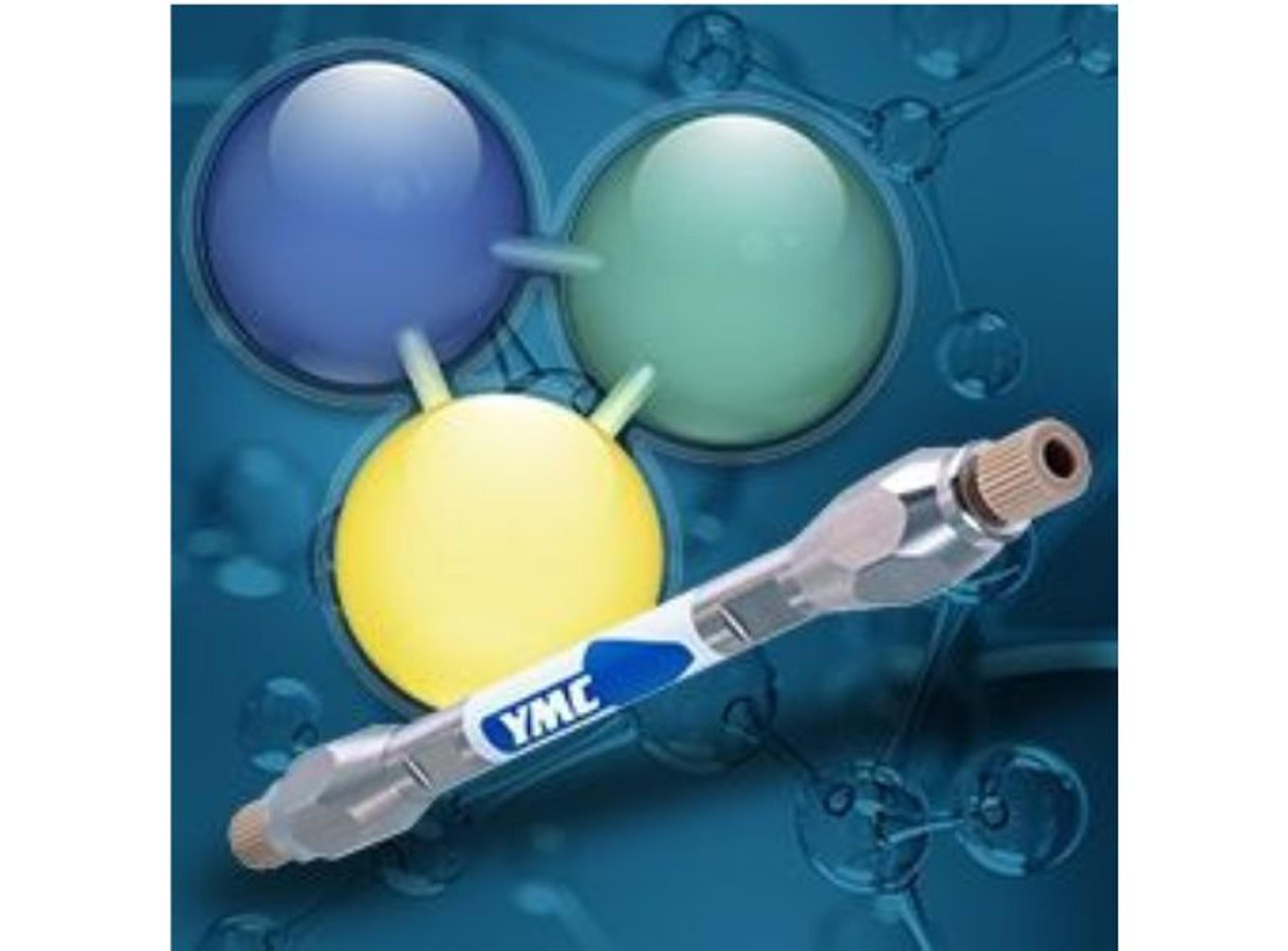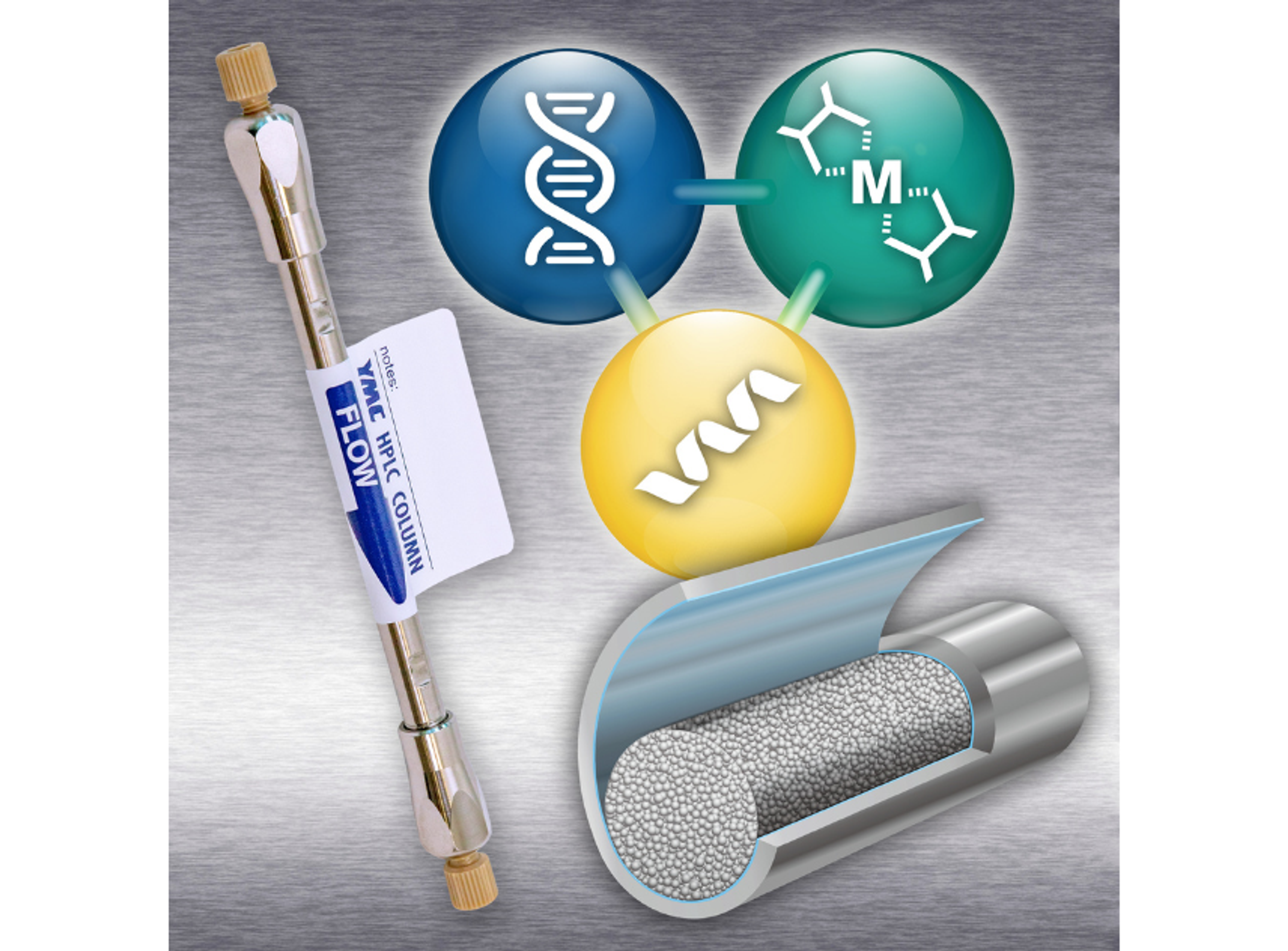Complex lipid analysis challenges solved with bio-inert HPLC columns
From sample limitations to isomeric separations, see how the right column choice transformed a challenging lipidomics project
10 Oct 2025
Bioactive lipids play a key role in cellular processes. However, despite their importance, methods allowing comprehensive monitoring in one analytical run are rare. Stefanie Rubenzucker, a pre-doctoral researcher at the University of Vienna's Department of Analytical Chemistry, shares how her research is enhancing the understanding of lipids in biological systems. Working in Professor Robert Ahrends' group, Rubenzucker uses LC-MS/MS to investigate the roles of lipids in different biological contexts, beyond their traditional association with cell membrane integrity or energy storage.
Beyond traditional lipid functions

Stefanie Rubenzucker, Department of Analytical Chemistry, University of Vienna. Photo courtesy of Martin Schaier
"Lipids do so much more than you might first think,” notes Rubenzucker. “Bioactive lipids are used to induce labor. When you take an aspirin, you are influencing your lipid metabolism. They are also involved in neurodegenerative diseases like Multiple Sclerosis, with certain drugs targeting specific lipid pathways. That is why it is so important that we have a staple method in our lab to analyze as many of these bioactive lipids as possible."
The research mission of Prof. Ahrends’ lab centers on developing and applying mass spectrometry-based techniques to reveal lipid functions in both healthy and diseased states, with the goal of advancing systems biology through integrated omics approaches. Within his research group, Rubenzucker contributed to significant methodological improvements in analyzing challenging bioactive lipids – achievements that would not have been possible without solving some fundamental analytical chemistry problems first.
Rubenzucker has developed an LC-MS/MS approach to overcome certain challenges associated with lipid analysis, including wide dynamic range, isomeric and isobaric species, and unwanted interactions along the separation path. “We want to apply mostly mass spec-based techniques to elucidate the roles of lipids in different physiological but also pathophysiological processes," explains Rubenzucker. “Ultimately, to advance the understanding of these biological processes on a systems biology level.”
The workflow has shown excellent sensitivity and reproducibility in different biological matrices, enabling the monitoring of 388 lipids in a single 20-minute run. This highlights the potential of the method to investigate bioactive lipids in complex biological systems, enabling comprehensive analysis at an unprecedented level and providing direct insight into signaling pathways.
The right columns overcome technical challenges
"The chemical diversity in lipids is a challenge for all researchers and was the biggest hurdle for me with this project,” explains Rubenzucker. “You have apolar lipids like diacylglycerol, rather polar lipids like lysophosphatidic acid and then you have zwitterionic lipids with free-phosphate groups like sphingosine-1-phosphate. Some other bioactive lipids, like oxylipins, have a lot of isomeric species, which can lead to a lot of co-elution and co-fragmentation in LC-MS/MS. This makes confident lipid identification and quantification challenging."
As part of the development of this new methodology, Rubenzucker found that existing methods did not meet her needs. "We often get very limited sample amounts from our corporation partners (clinicians and molecular biologists), and we want to get as much information as possible out of these," she explains.

Designed for metal sensitive compounds, Bioinert coated YMC Accura Triart columns provide excellent peak shapes
When she first evaluated reverse-phase chromatography for her comprehensive method, the results with free phosphate group-containing lipids were disappointing. "For the free phosphate group-containing lipids, it looked awful. We had so much carryover and some analytes we couldn't even see because they got stuck somewhere along the way in the LC," Rubenzucker recalls.
The breakthrough came when she evaluated YMC's bioinert coated Accura columns. "I remember the first injection. It was so impressive I sent a screenshot on WhatsApp to my boss," she says. "It was really cool because it solved many of our problems at once." Throughout her research, Rubenzucker has since utilized YMC Accura Triart C18 columns, which have proven instrumental to the success of her work. "I really like the YMC columns, and we've had many batches now,” shares Rubenzucker. “The variation is exceptionally low; I never have to adapt the retention time windows of my scheduled MS method. We're really happy with them."
Partnering for LC-MS success
Robert Ahrends’ lab and YMC have developed a strong collaborative relationship over the years. "YMC and our lab have developed an ongoing co-operation, working together was easy and they were really supportive. I told them what I wanted to do, the problems I had, and they were so helpful,” comments Rubenzucker when reflecting on her methodology development. "I like YMC as a company and I think their customer support is just fantastic. I remember I once had a strange problem with a new column that I couldn’t really explain and they came back to me with an answer from R&D the next day despite the team being in Japan! They go the extra length, and that's impressive."
Rubenzucker is keen to provide her peers with practical advice. “It's always worth considering the bigger picture, especially when you're facing particularly tricky problems,” Rubenzucker shares. “With liquid chromatography there are several questions I always ask myself: What kind of column am I using? What type of connections am I using? What column hardware am I using? I think especially the latter are things that you often don't think about but are really worth considering."
Rubenzucker is also positive about the future of lipidomics, concluding: "I'm curious to see how the field will evolve in the next 10 years or so because it is such a rapidly growing, and relatively young field."

Achieve ideal resolution, peak shapes, and recovery for LC-MS/MS analysis of challenging lipids with YMC Accura Triat C18
References
Rubenzucker, S., Manke, M.-C., Lehmann, R., Assinger, A., Borst, O. and Ahrends, R., 2024. A targeted, bioinert LC–MS/MS method for sensitive, comprehensive analysis of signaling lipids. Analytical Chemistry, 96(23), pp.9643–9652. https://doi.org/10.1021/acs.analchem.4c01388


